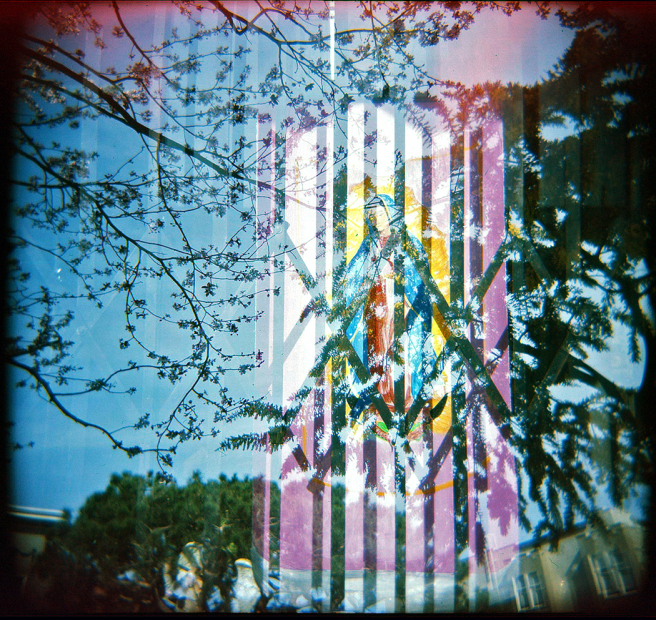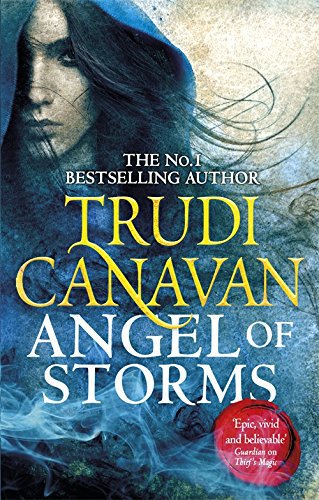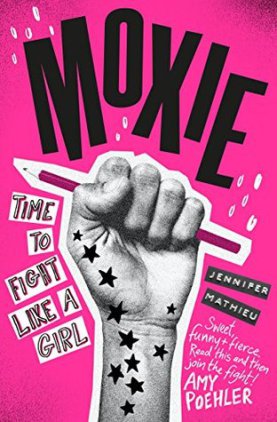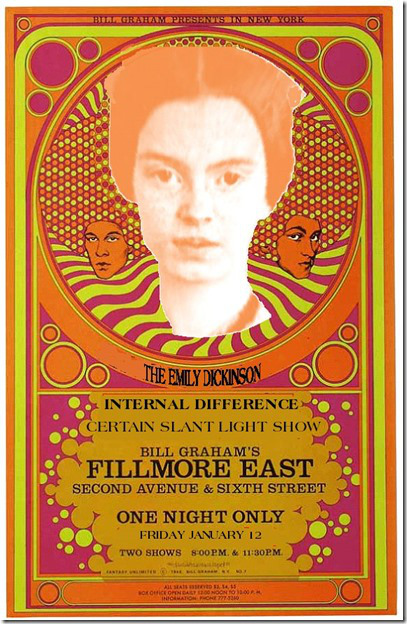Chamorro Legends on the Island of Guam, Mavis Warner van Peenen, 2008
- Guam, #1
- Borrowed from SF Library
- Read February 2017
- Rating: 3 stars
- Recommended for: People without another option, I guess, but really, if you want to read some Chamorro folklore without a heavy dose of wrong-headed condescension you’re better off consulting Guampedia
 New Mexico, 2005
New Mexico, 2005
In 1945 Mavis Warner Van Peenen, an American who was living in Guam while her naval officer husband was stationed there, took it upon herself to preserve what she saw as the fast-disappearing culture and folklore of the native Chamorro people. I suppose her impulse could be seen as laudable, but on the other hand…maybe she wasn’t the best person for the job. One could certainly wish that the person who took on the task of recording Chamorro legends for posterity—if such a task was necessary—was a bit less of a racist, judgmental, cultural imperialist. Her view of the people of Guam as poised on a cultural precipice between “Past and Present, with the abyss of ‘Americanization’ waiting to engulf” them was condescending, lacking in nuance, and largely incorrect (in his article Simply Chamorro: Telling Tales of Demise and Survival in Guam, Guamanian academic Vicente Diaz points out that such doomsaying is not even original to Van Peenen, but “has its kin in a whole parade of foreign observers who wrote before and after her”).
Throughout the book Van Peenen is primarily intent on proving her thesis, which is, essentially, that Chamorro culture was never any great shakes to begin with, and it is rapidly declining. She describes the legends of Guam as unsophisticated (compared to the mythology of Europe and Asia), and “lack[ing] the tense dramatic explosiveness of those conceived by a race of warriors.” She laments the fact that Guamanian legends of more recent origin are “inferior to those which preceded them” (as if legends can be assigned an inherent value on a scale that runs from heroic origin myths, preferably on a Biblical/Greco-Roman model, to stories of minor intercessions in daily life by mythological beings such as the Taotaomo’na, ancestral tree spirits that figure in Chamorro legends from all different time periods). She ascribes this perceived failure to the fact that “domination and disease, and the accompanying mental apathy, finally succeeded in robbing the Chamorro not only of health and strength, but of initiative.”
 San Francisco, 2017
San Francisco, 2017
It’s bizarre, first of all, that Van Peenen compares relatively modern folk tales, such as those about the anti-colonialist trickster Juan Malo, or recent legends of intercessions by the Virgin Mary, with the ancient origin stories that she finds so superior. I mean, the Chamorro people aren’t characters in the Marvel Universe. They don’t need a new origin story every couple of years. And I’m not an anthropologist, but it seems in the way of things that older legends are concerned with gods and heroes and that, the closer mythology gets the present day, the more quotidian it is. Van Peenen seems to see no distinctions in the cultural purposes served by myths, legends, folk tales, and ghost stories. It’s all a very dismissive way to view a culture that one is purportedly documenting, and it definitely gets in the way of Van Peenen’s ability to be a good recorder of that culture’s stories and legends.
Advertisements Share this:




